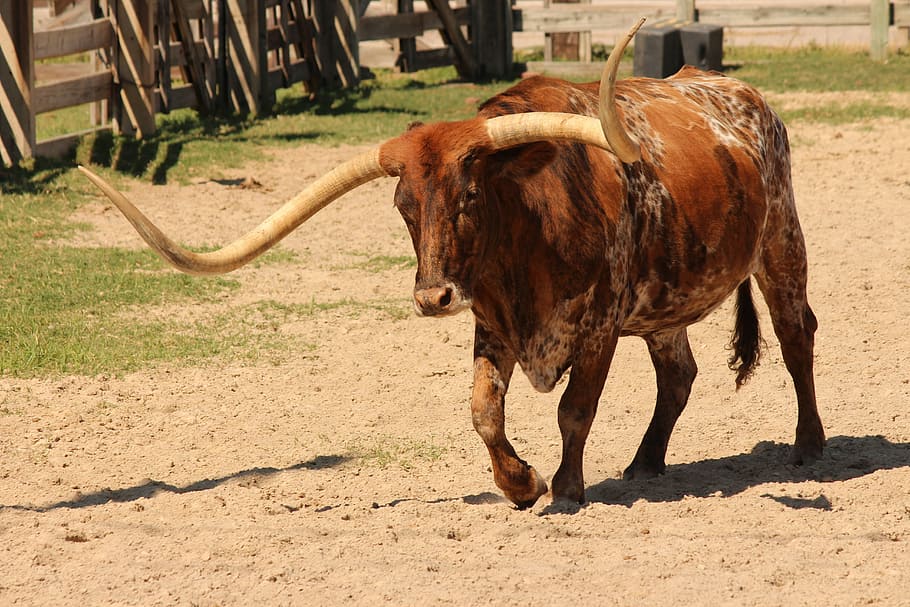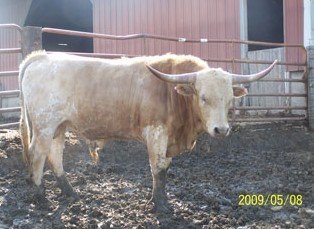

Value of 550 lb bull, initial price of $155 per cwt Table 1: Price Slides and Value of Additional Weight This discussion is quickly summarized in Table 1. Using a smaller price slide of $10 per cwt, would make the value of those additional lbs worth about $0.94, which would mean that the bull would need to outweigh the steer by roughly 64 lbs for his value to be comparable. At that rate, the bull’s weight would need to exceed the weight of the steer by 94 lbs for their values to be similar. This means that those additional pounds were worth roughly $0.64 each. In the previous scenario, an additional 50 lbs added $32 of value to the bull on a per head basis using a $15 per cwt price slide. Probably the most valuable use of this approach is to use it as a way to value additional lbs. So, an additional 50 lbs of weight is not likely to be enough to make up for the price discount that bulls see relative to steers, assuming a pride slide of $15 per cwt. This is $32 more dollars than the 550 lb bull, but only about half of the additional $60 needed to make him as valuable as the 550 lb steer calf. This would place the value of the 600 lb bull at $885 (600 lbs $147.50). So, if a bull weighed 600 lbs, rather than 550, his price would have most likely been $147.50 per cwt ($7.50 per cwt less). A price slide of $15 per cwt, would mean that for each 100 lb increase in the bull’s weight, his price decreases by $15 per cwt.

The average value of a 550 lb bull calf from 2010 to 2017 in Kentucky auction markets was $853 (550 lb $155 per cwt). This is a key concept in cattle marketing that impacts most all decision that producers make. As calves gain weight, their value per cwt decreases. So, how much more would that bull calf have to weigh to bring as much per head? This answer is not as simple as one might think because of price slides. Clearly, this ignores potential weight differences between the two. For example, an $11 per cwt price differential on a 550 lb calf is over $60 per head. Now, one limitation of comparing prices, as in figure 1, is that it compares steers and bulls of the same weight. While figure 1 shows the differential at 550 lbs, its’ also worth noting that the differential between bulls and steers tends to wider as weight increases. Again, that doesn’t mean that every single steer lot outsold every single bull lot, but it does mean that on-average, steers consistently outsold bulls. It may also be worth noting that the 550# steer price exceeded the 550# bull price in each of the 96 months analyzed. Note that over the 8-year period depicted in figure 1, steers outsold bulls by a little over $11 per cwt. Utilizing the eight years of data available allows us to take a longer term view on this question. This excluded cattle that market reporters identified as value-added, fancy, thin, fleshy, or otherwise noted as falling outside the norm. To compile this data, we averaged the 500 to 550 lb weight range with the 550 to 600 lb weight range for all state auctions. This can be best shown by examining actual price data collected by Kentucky market reporters.įigure 1 shows prices for 550 lb steers and bulls in Kentucky auction markets from 2010 to 2017, by month. However, these instances are the exception, rather than the norm. Sometimes this may be due to quality factors, other times it might be a lot size issue, and it can sometimes also be due to the needs of individual buyers at a given time. Inevitably, a group of bulls will outsell a group of steers on occasion.

The first thing to understand is that there are thousands of cattle sold at markets every single day. We will occasionally get a call or email asking why bulls are outselling steers at a given time or location. We will start with the basic notion of price differentials, and even this is not completely without question. While there is no way that this short article can completely address this topic, it should help provide a framework to help producers make this basic management decision. Further, it is generally accepted that bulls will outgain steers, which further complicates the discussion. Most agree that steers will outsell bulls of similar weight, but it is also well established that castrating bulls requires facilities, time and some expense. Producers will often ask about the magnitude of the price premium for steers over bulls.


 0 kommentar(er)
0 kommentar(er)
